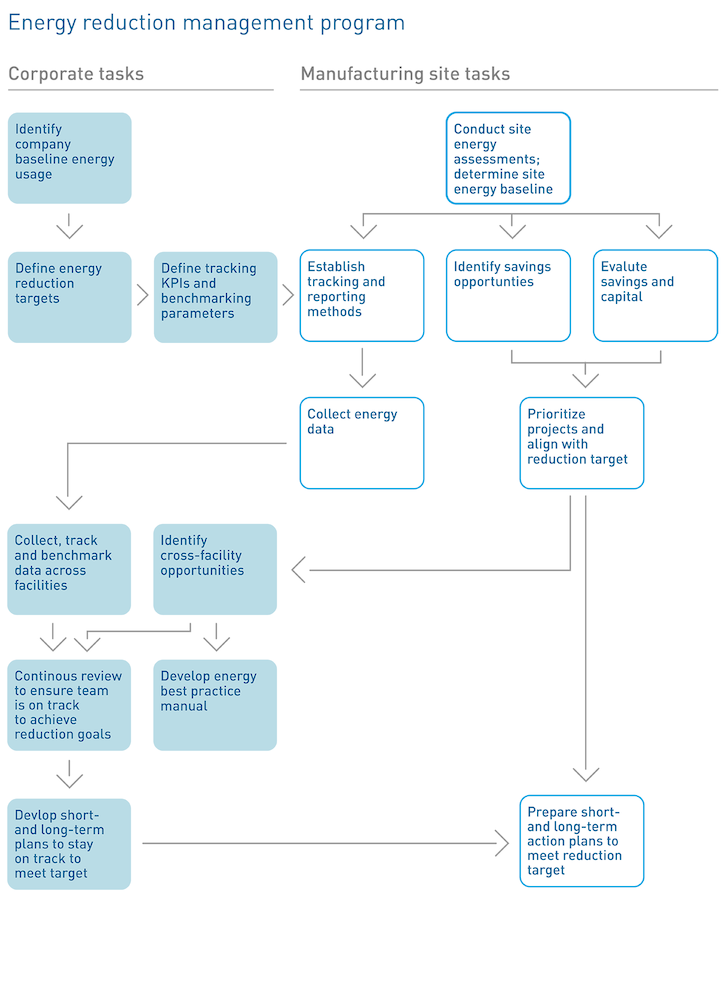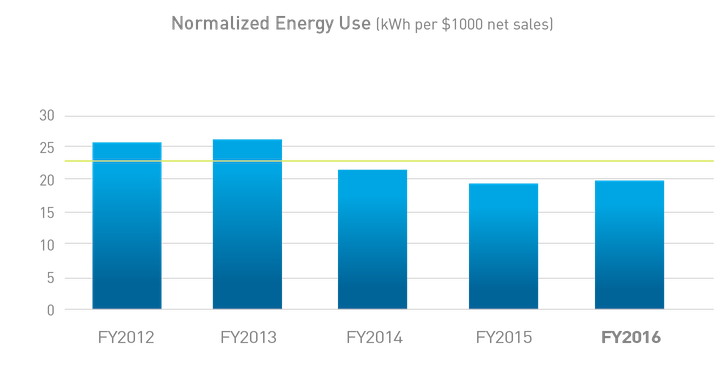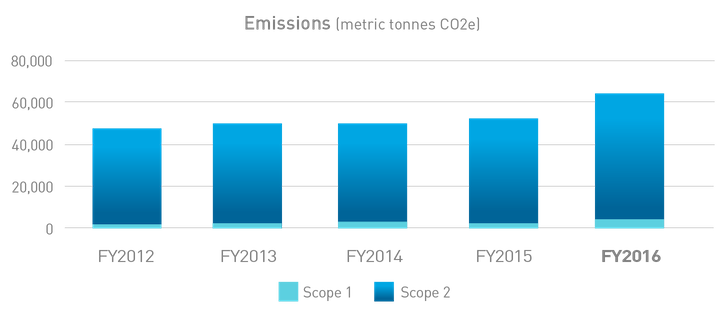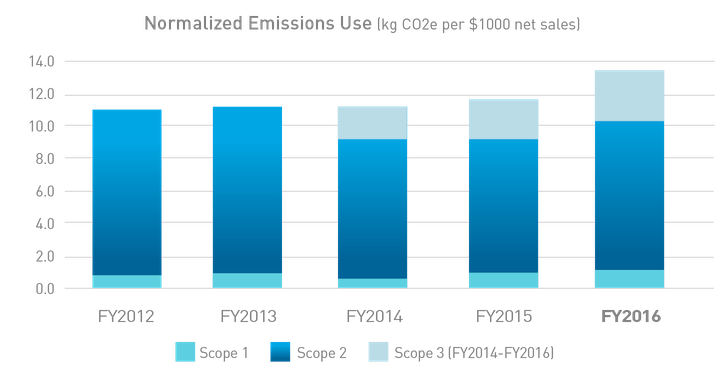Over the years, HARMAN has evolved to maintain our place at the cutting-edge of the industry. As we continue to strive to enhance life’s experiences with technological advancements and industry firsts, we are driven to always consider the responsible use of energy and water and to minimize waste.
On an operational level, HARMAN invested in a new third-party data management system in FY2015 to more effectively report environmental metrics from our global operations. The contracted system provides energy use and utility cost information, so that we can better track progress toward our energy reduction goal and identify even more effective strategic approaches to facility optimization.
Our businesses have developed new packaging designs that reduce the amount of material consumed and ultimately disposed of, and our manufacturing sites have been consolidated closer to key customers, saving on transportation costs, reducing fuel consumption and cutting environmental emissions. In addition, recycling and reuse programs are in place across HARMAN facilities worldwide.
We are dedicated to full transparency and disclosure of our policies, initiatives and associated metrics. This report is just one way we share our sustainability story with our stakeholders. We also provide responses to:
- CDP Climate
- CDP Supply Chain
- Business Roundtable Sustainability Report
- United Nations Global Compact Communication on Progress
- Sustainalytics
- Customer-specific questionnaires
In FY2016, HARMAN launched an intranet site, which allows employees to track their environment footprint, as well as to easily find local volunteer opportunities.





